- Quick Summary
- Transfer Balances Over to Lower Interest Rate Cards
- Settle Your Debts Yourself
- Stop Paying Outstanding Balances
- Declare Bankruptcy
- Enroll in a Debt Management Plan
- Ask for Annual Fees to Be Waived
- Request Product Changes
- Get Government Debt Relief Help
- Avoid Penalty APRs
- Use Your Home Equity
- Conclusion

- Quick Summary
- Transfer Balances Over to Lower Interest Rate Cards
- Settle Your Debts Yourself
- Stop Paying Outstanding Balances
- Declare Bankruptcy
- Enroll in a Debt Management Plan
- Ask for Annual Fees to Be Waived
- Request Product Changes
- Get Government Debt Relief Help
- Avoid Penalty APRs
- Use Your Home Equity
- Conclusion
Forty-nine percent of adults with credit cards carry debt from month to month. The average credit card balance is $6,500, which is a hefty payment to have to manage every month. This is especially true if you have several credit cards. But you may not have to pay the entire amount you owe back. Read below to find some ways to potentially pay less than what you owe.
1. Transfer Balances Over to Lower Interest Rate Cards

Open up a new credit card with a lower interest rate than your current card's interest rate and transfer your current balance over to it. By doing so, you reduce the overall interest charges. By paying less interest, you’ve automatically eliminated the debt you would pay.
2. Settle Your Debts Yourself
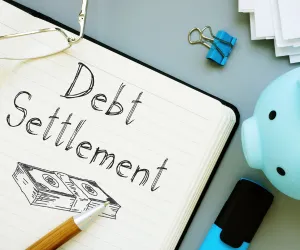
Don't hire a debt settlement company; instead, DIY your credit card debt. Negotiating your own settlement with the company is more affordable. To do a DIY, you contact the credit card company and negotiate a lump sum payment for less than you owe.
Get the terms of your discussion in writing. Or you won’t be able to prove you made a settlement. Ensure you can pay the lump sum all at once.
3. Stop Paying Outstanding Balances
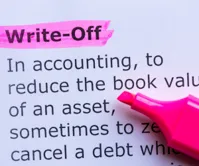
After several months without making your payment, the credit card company may write off your account and send you to collections. This method could seriously hurt your credit score and for that reason is not really recommended. But this could allow you to work with a collection agency and negotiate your balance down to less than what it was.
4. Declare Bankruptcy
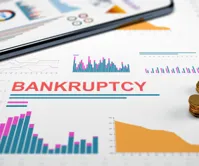
If you need credit card debt forgiveness, bankruptcy is a good debt relief strategy. Chapter 7 bankruptcy wipes out your unsecured debts through a "discharge". However, there are drawbacks to bankruptcy. It can cause major damage to your credit score. And it remains on your credit reports for ten years.
Chapter 13 bankruptcy stays on your credit report for seven years but has more stipulations and costs.
5. Enroll in a Debt Management Plan
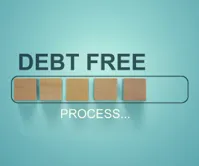
For many, a debt management plan (DMP) is the best way to reduce credit card debt. A DMP is a structured plan to pay off eligible debt under the direction of a credit counselor.
Usually, the credit cards included in a DMP qualify for waived fees and/or reduced interest rates. You’ll end up paying less on your credit card in the long run.
6. Ask for Annual Fees to Be Waived
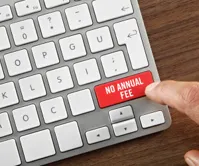
Some annual fees bump up your overall credit card balance. For a card with annual fees that you're thinking about canceling, ask your credit card company if they could waive the fee. If not at least offer you a special bonus or cash back to remain a customer.
7. Request Product Changes
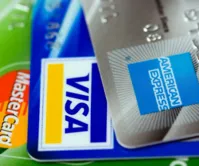
If the card issuer is unwilling to waive the fee, ask for a product change. That would probably mean downgrading your account to a different credit card, but hopefully, it wouldn't have an annual fee. A product change is preferable to closing the account since closing could affect your credit rating.
8. Get Government Debt Relief Help

This approach isn’t for everyone. Government debt relief programs don’t technically exist for all people. But they will give you a list of services and programs that can help you pay your bills.
The Consumer Financial Protection Bureau was formed to shield consumers from unfair practices. If you feel you’re the victim of a shady financial action, submit a complaint.
Those who served in the service can access the Servicemembers Civil Relief Act. It provides interest rate caps and debt forgiveness in some situations.
9. Avoid Penalty APRs
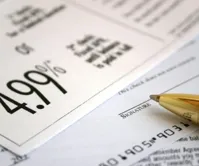
Zero-percent annual percentage rates (APR) are usually offered for the first 12 to 18 months. If you don't make at least a minimum payment, the credit card company will revoke the 0% APR, and your APR could shoot up to 30 percent or higher.
You’ll lower your bill if you stay within the promotional period.
10. Use Your Home Equity
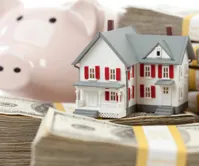
The average American homeowner has almost $199K in home equity available.Tap into your home's equity. By using a lower-interest home equity loan to pay off your credit cards, you'll reduce the amount you would end up paying the card issuer.
There are several ways to pay less on your credit card. But there isn't a one size fits all that will cut down on what you owe. So, look at your own circumstances and decide what makes sense for you.



